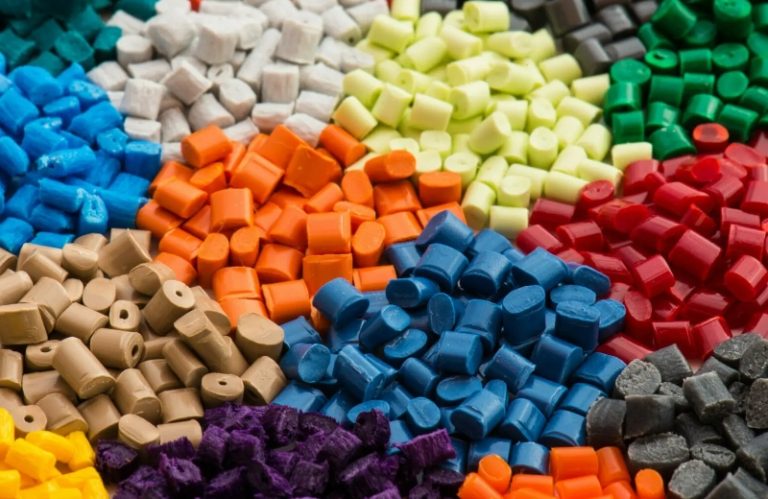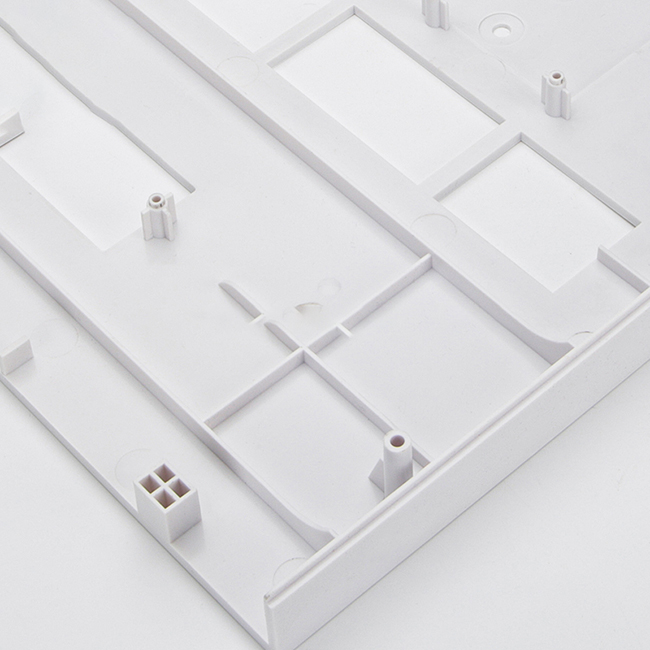Table of Contents
Benefits of Using Plastic Injection Molding for Manufacturing
Plastic injection molding is a widely used manufacturing process that involves injecting molten plastic material into a mold cavity. This process is known for its efficiency, precision, and versatility, making it a popular choice for producing a wide range of plastic parts and products. In this article, we will explore the benefits of using plastic injection molding for manufacturing.
One of the key advantages of plastic injection molding is its ability to produce high-quality, complex parts with tight tolerances. The process allows for the creation of intricate designs and features that would be difficult or impossible to achieve with other manufacturing methods. This precision and accuracy make plastic injection molding ideal for producing parts that require a high level of detail and consistency.
Another benefit of plastic injection molding is its efficiency and cost-effectiveness. The process is highly automated, which helps to reduce labor costs and increase production speed. Additionally, the ability to use multiple cavities in a single mold allows for the simultaneous production of multiple parts, further increasing efficiency and reducing overall production costs. This makes plastic injection molding a cost-effective option for large-scale manufacturing projects.
Plastic injection molding also offers a wide range of material options, allowing manufacturers to choose the best material for their specific application. From commodity plastics like polyethylene and polypropylene to engineering plastics like ABS and nylon, there is a material available to meet the requirements of virtually any project. This flexibility in material selection makes plastic injection molding a versatile option for a variety of industries and applications.
In addition to its precision, efficiency, and material options, plastic injection molding also offers design flexibility. The process allows for the incorporation of features such as undercuts, threads, and inserts, as well as the ability to mold in multiple colors or textures. This design flexibility gives manufacturers the freedom to create custom parts that meet their exact specifications and requirements.
| Product Name | OEM Plastic injection molding Parts |
| Drawing Formats | 2D(PDF/CAD) And 3D(STP/STEP) |
Furthermore, plastic injection molding is a highly repeatable process, ensuring consistent quality and performance in every part produced. The use of computer-aided design (CAD) and computer-aided manufacturing (CAM) software helps to optimize the design and production process, resulting in parts that meet tight tolerances and specifications every time. This consistency and reliability make plastic injection molding a trusted choice for manufacturers looking to deliver high-quality products to their customers.
Overall, the benefits of using plastic injection molding for manufacturing are clear. From its precision and efficiency to its material options and design flexibility, plastic injection molding offers a cost-effective and versatile solution for producing high-quality plastic parts and products. Whether you are looking to create complex parts with tight tolerances or produce custom parts with unique features, plastic injection molding is a reliable and efficient manufacturing process that can meet your needs.
Common Challenges and Solutions in Plastic Injection Molding Operations
Plastic injection molding is a widely used manufacturing process that involves injecting molten plastic material into a mold cavity. This process is used to produce a wide range of plastic products, from small components to large parts. While plastic injection molding offers many benefits, such as high production efficiency and cost-effectiveness, it also presents several challenges that manufacturers must address to ensure successful operations.
One common challenge in plastic injection molding operations is achieving consistent part quality. Variations in material properties, mold design, and processing conditions can lead to defects such as warping, sink marks, and flash. To address this challenge, manufacturers must carefully control and monitor key process parameters, such as injection pressure, temperature, and cooling time. Implementing a robust quality control system that includes regular inspections and testing can help identify and correct issues before they affect part quality.
Another challenge in plastic injection molding is managing tooling costs. The molds used in injection molding are typically made of steel or aluminum and can be expensive to design and manufacture. Additionally, molds can wear out over time, leading to increased maintenance and replacement costs. To mitigate tooling costs, manufacturers can explore options such as using interchangeable inserts or implementing a preventive maintenance program to extend the life of the molds. Working closely with tooling suppliers to optimize mold design and material selection can also help reduce costs and improve overall efficiency.
One of the most critical challenges in plastic injection molding operations is ensuring worker safety. The high temperatures and pressures involved in the injection molding process can pose significant risks to operators if proper safety measures are not in place. To protect workers, manufacturers must provide comprehensive training on safe operating procedures, personal protective equipment, and emergency response protocols. Regular safety audits and inspections can help identify potential hazards and ensure compliance with industry regulations.
In addition to these challenges, plastic injection molding operations must also contend with environmental concerns. The use of plastic materials in manufacturing has come under scrutiny due to its impact on the environment, particularly in terms of waste generation and resource consumption. To address these concerns, manufacturers can explore sustainable alternatives, such as biodegradable or recycled plastics, and implement recycling programs to reduce waste. Investing in energy-efficient equipment and processes can also help minimize the environmental footprint of plastic injection molding operations.

In conclusion, plastic injection molding operations face a variety of challenges that require careful planning and proactive management. By addressing issues such as part quality, tooling costs, worker safety, and environmental impact, manufacturers can optimize their processes and achieve long-term success. By implementing best practices and leveraging innovative solutions, plastic injection molding operations can overcome challenges and thrive in today’s competitive manufacturing landscape.





